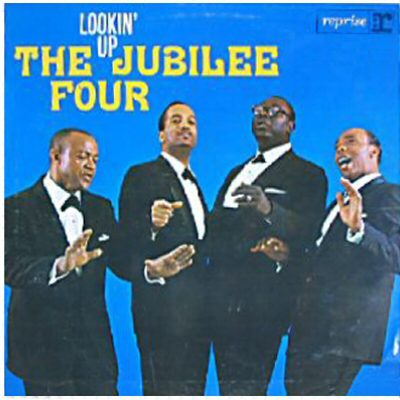Jubilee Quartet
History and Tradition
Born from the university singing tradition, Jubilee Quartets are typically a four-part group known for their repetoire and distinctive performance practices. The African-American Quartet unlike the European quartet is characterized by the number of harmony parts and can have up to six voices singing four-part harmony arrangements in either acappella style or with limited instrumentation. The African-American quartets can be divided into three time periods: the jubilee period (1880-1929), the transitional period (1930-45), and the gospel period (1946-69). Each period changed amid socio-cultural, economic, political, and educational changes.


Jubilee (1880-1929)
This first phase of this genre consisted of five main types of quartets; University Jubilee Quartet, Minstrel Jubilee Quartet, Community-Based Quartets, Shape-Note/Sacred Harp Quartets, and Barbershop Community Quartets.
University Quartets were founded as a way to publicize and gain funding for schools founded by the Freedman’s Bureau, namely Fisk University.
Minstrel Quartets were specifically designed to bring this new African-American tradition to White audiences through minstrel shows. It was one of the only places that Black artists could gain recognition, income, entertainment skills, and business acumen while winning the adoration of Black and White audiences alike.
Community-Based Quartets took the singing styles of both University Quartets and Minstrel Quartets to create what we largely know as the quartet singing style today. These groups performed for a large variety of events and
Transitional
Gospel
Notable Groups

